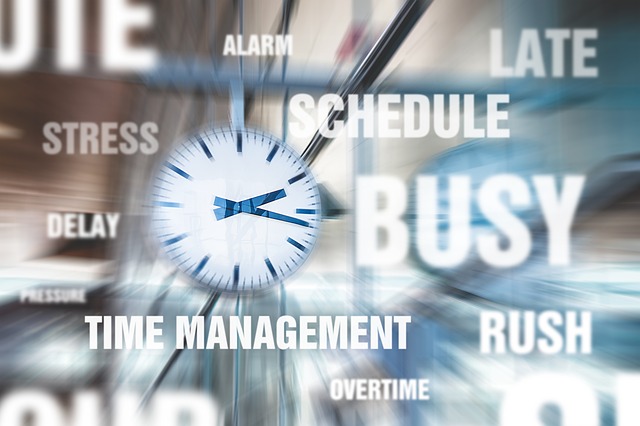“Don’t text and drive.” I just passed by another rear-end collision on the road yesterday.
With the information and computer age, so many things compete for our attention – phone alerts with messages, incoming call from coworkers, that email that I am expecting any minute now, FaceBook alerts, the latest Instagram message, SnapChat, Pinterest, the Youtube video that I wanted to see, the television shows, movies, advertisements calling me to buy their latest wares.
The myth of multitasking tells us that productivity means juggling all these things at the same time. The truth from neuroscience research tells us that when we do two things at once, we do neither one as well as if we did them alone. Our brain can only process one thing at a time. So why does it take longer if we multitask? In order to do two things at once, we have to switch back and forth from one task to the other. The added time comes from switching. Think of the times that you had to switch from fun with friends to studying for an exam. Some transitions are harder than others, but all take some amount of time to switch tasks.
As our attention gets fully involved in that cell phone message and the mind drifts to the person and how we are going to respond, the transition back from the interruption can take time. If the task at hand is driving, this can be deadly. Stay safe. Be present to the moment and the task at hand when you are driving.
Debunking the Myth of Multitasking
If you still believe in the myth of multitasking (some myths are hard to debunk), then try out this test that I found on the Psychology Today website.
Here’s the test:
1. Draw two horizontal lines on a piece of paper
2. Now, have someone time you as you carry out the two tasks that follow:• On the first line, write:
I am a great multitasker
• On the second line: write out the numbers 1-20 sequentially, like those below:
1 2 3 4 5 6 7 8 9 10 11 12 13 14 15 16 17 18 19 20
How much time did it take to do the two tasks? Usually it’s about 20 seconds.
Now, let’s multitask.
Draw two more horizontal lines. This time, and again have someone time you, write a letter on one line, and then a number on the line below, then the next letter in the sentence on the upper line, and then the next number in the sequence, changing from line to line. In other words, you write the letter “I” and then the number “1” and then the letter “a” and then the number “2” and so on, until you complete both lines.
I a…..
1 2…..I’ll bet you your time is double or more what it was on the first round. You also may have made some errors and you were probably frustrated since you had to “rethink” what the next letter would be and then the next number.



